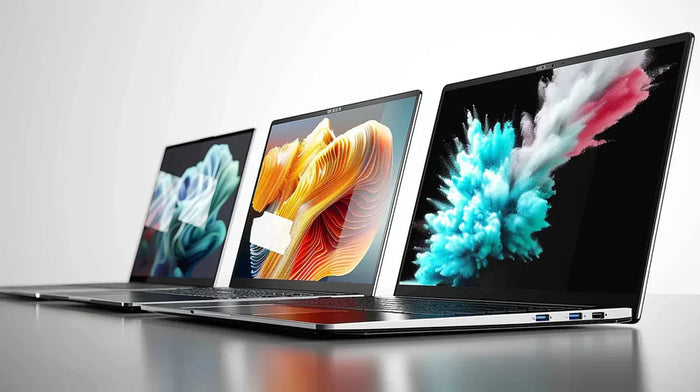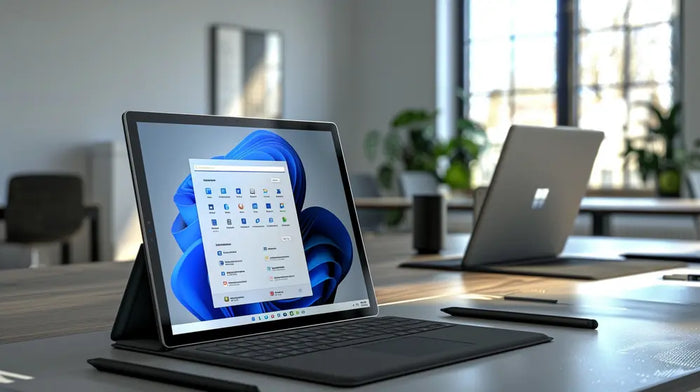A GPU is a specialised processor designed to handle graphics-related tasks. Whilst the CPU is responsible for general computing and coordinating various components, the GPU is dedicated to rendering images, videos, and animations. It excels at processing large amounts of visual data quickly and efficiently, making it essential for tasks such as gaming, video editing, and 3D modelling.
GPUs have a highly parallel structure, consisting of thousands of smaller, more efficient cores that can work simultaneously to process multiple pieces of visual data. This parallel processing capability allows GPUs to render complex graphics and perform rapid mathematical calculations, enabling smooth and visually appealing experiences on your device.
GPUs Explained Simply
Imagine the GPU as a team of skilled artists working on a large, complex mural. Whilst the CPU (or the project manager) oversees the entire operation and coordinates various aspects of the project, the GPU (or the team of artists) focuses specifically on creating the visual elements of the mural. Each artist in the team (or each core in the GPU) works on a specific section of the mural simultaneously, allowing for faster completion and more intricate details.
The more artists (or cores) working together, the quicker and more efficiently the mural (or the visual data) can be processed and rendered. This collaboration between the project manager (CPU) and the team of artists (GPU) ensures that the mural (or the visual output on your device) is created smoothly and beautifully.
GPUs in Refurbished Devices:
- Gaming: If you're buying a refurbished machine for gaming, a good GPU is a must. Focus on the GPU model and its dedicated memory (VRAM).
- Content Creation: Video editors, designers, or anyone working with visuals will appreciate a decent GPU for smoother workflows.
Types of GPUs:
- Integrated: These share resources with your CPU, are less powerful, but perfectly fine for basic tasks.
- Dedicated: These are separate, powerful graphics cards. Best for serious gaming or heavy visuals work.
Who Makes The Graphics Cards?
When you buy a refurbished computer, especially for gaming or creative work, you might come across names like NVIDIA, AMD, ASUS, or MSI. These aren't the manufacturers of the raw graphics chip itself (usually NVIDIA or AMD), but rather the companies that design, build, and sell the finished graphics card.
Here's a quick rundown of the big players:
- NVIDIA and AMD: These are the main suppliers of the graphics processing units (GPUs) that go into the heart of a graphics card. They compete to offer the most powerful and efficient chips for different performance levels and budgets.
-
ASUS, MSI, Gigabyte, etc.: These are companies who buy NVIDIA or AMD GPUs and build them onto custom circuit boards (PCBs) with additional features. They often focus on:
- Cooling: Different fan designs to keep the GPU from overheating.
- Performance Boosts: Sometimes overclocking the GPU for a bit more power (for experienced users).
- Looks: Fancy lighting and designs to suit different tastes.
What This Means for You:
- When buying refurbished, the brand of the graphics card (e.g., ASUS ROG Strix) might be more prominent than just NVIDIA or AMD.
- Research the specific model to see which GPU chip it uses (e.g., NVIDIA RTX 3070) and any unique features the manufacturer offers (e.g., extra fans, RGB lighting).
Return to the technical glossary to learn more about the technology we reference throughout this website.



